
Molds & Accessories
Button Battery Disassembly and Sealing Mold for Lab Use
Item Number : PCKM
Price varies based on specs and customizations
- Sealing pressure
- Generally between 0.8-1.2 tons
- Dimensions and weight
- Φ60*140mm(L*H) /1.85kg
Shipping:
Contact us to get shipping details Enjoy On-time Dispatch Guarantee.
Why Choose Us
Reliable PartnerEasy ordering process, quality products, and dedicated support for your business success.
Introduction
The Button Battery Sealing Mold is a specialized equipment designed for the precise sealing of button batteries, ensuring high airtightness and preventing contamination. It features customizable contact parts using special alloys like nickel to minimize metal contamination, such as iron. The mold incorporates advanced sealing structures, including a patented highly airtight seal using carbon material, enabling continuous operation in flammable atmospheres. Additionally, it utilizes high-temperature resistant materials and uniform heat distribution for efficient lamination processes, enhancing production efficiency and product quality.
Applications
The button battery sealing mold application is primarily used in the manufacturing and assembly of button batteries, ensuring their integrity and performance. This technology is crucial in various industries where button batteries are employed, including consumer electronics, medical devices, and automotive components. The mold's ability to handle different shapes and sizes, coupled with its high-pressure capabilities and customizable features, makes it versatile for different manufacturing needs.
Detial&part




Technical specifications
| Instrument model | Button battery removal mold | Button battery sealing mold |
| Disassembly die | CR16,CR20,CR24,CR30 optional | CR16,CR2O,CR24,CR30 optional |
| Disassembly pressure | 0.8-1.2Ton | |
| Dimensions | Φ60*140mm(L*H) | Φ60X140mm(LXH) |
| Weight | 1.85kg | 1.85kg |
| Sealing mold size diagram | 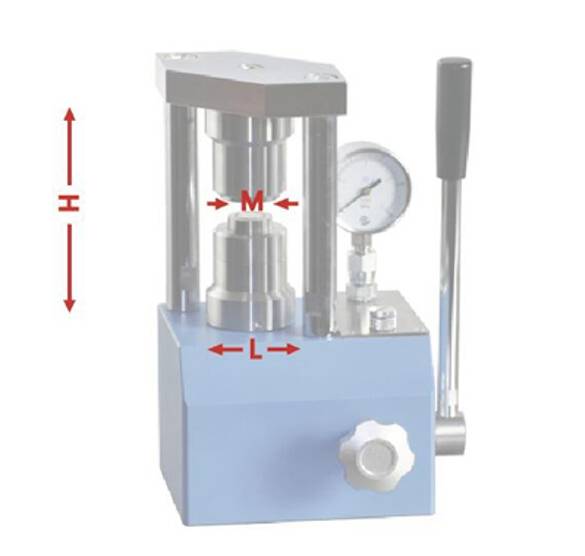 |
|
Operation steps

1. Place the complete button battery in the disassembly mold.

2. Press to the required pressure until the positive and negative poles of the button battery are separated.

3. Release the pressure relief valve to release the pressure.

4. Remove the disassembled positive and negative button battery shells from the disassembly mold.
Use and maintenance
Every time the mold is used, the mold surface should be wiped clean with dust-free paper to prevent the anti-rust oil on the mold from affecting the test results of the sample. When pressurizing, be careful not to exceed the maximum pressure of the mold. After using the mold, clean the sample on the mold in time to avoid corrosion of the mold. If it is not used for a long time, the mold needs to be coated with anti-rust oil and stored in a dry environment.
- Place the mold in the center of the tablet press, and do not exceed the maximum bearing capacity of the mold when applying pressure.
- If there is sample residue on the surface of the mold that cannot be removed, please do not use chemical reagents to clean or soak it;
- If the mold is not used for a long time, you can apply anti-rust oil on the surface of the mold to prevent the mold from rusting;
- If the mold is not used for a long time, the mold needs to be stored in a dry environment;
FAQ
What Considerations Should Be Made For Battery Case Gaskets?
What Is A Press Mold?
What Is The Role Of Battery Case Gaskets?
What Is Press Mould In Ceramics?
What Are Lithium-air Battery Cases?
How Are Pellet Molds Used?
How Should Button Battery Cases Be Chosen For Specific Applications?
What Types Of Materials Can Be Pelletized Using Pellet Molds?
How Can One Select The Appropriate Pellet Mold For Their Specific Application?
4.8
out of
5
Exceptional quality and durability. Highly recommend for precision sealing.
4.7
out of
5
Fast delivery and excellent value for money. Perfect for our lab needs.
4.9
out of
5
Incredible technological advancement. Makes our processes so much smoother.
4.8
out of
5
Top-notch sealing capabilities. Very satisfied with the purchase.
4.7
out of
5
Great product, highly durable. A must-have for any lab.
4.8
out of
5
Outstanding performance and reliability. Delivered on time as promised.
4.9
out of
5
Impressive sealing technology. Makes our work more efficient.
4.7
out of
5
Excellent value. The mold is sturdy and works flawlessly.
4.8
out of
5
Very pleased with the quality and functionality. Highly recommend.
4.9
out of
5
Superb sealing mold. A game-changer for our battery production.
4.8
out of
5
Reliable and efficient. The mold exceeded our expectations.
REQUEST A QUOTE
Our professional team will reply to you within one business day. Please feel free to contact us!
Related Products
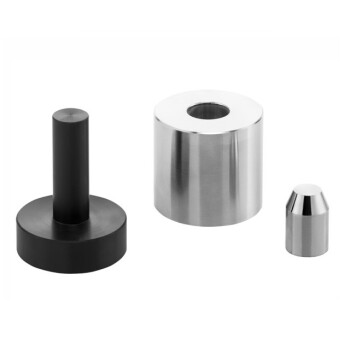
Button Battery Tablet Press Sealing Mold for Lab Use
The sealing die is essential for assembling button batteries, ensuring components like the anode, cathode, and electrolyte are securely enclosed.
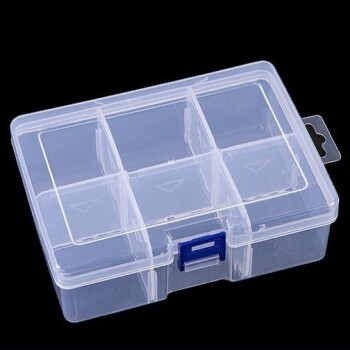
Button Battery Storage Box for Battery Lab
Button-type battery storage box, detachable, high-quality PP environmental protection material; suitable for small objects/chemicals, etc., thickened, compressive, durable, and available in a variety of styles.
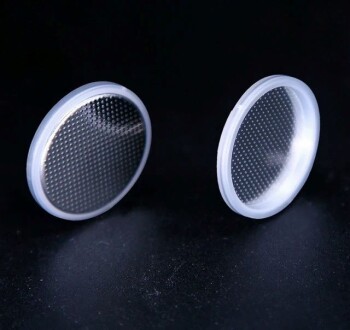
Button Battery Case for Battery Lab Applications
Button batteries are also known as micro batteries. It looks like a small button-shaped battery. Usually larger in diameter and thinner in thickness.
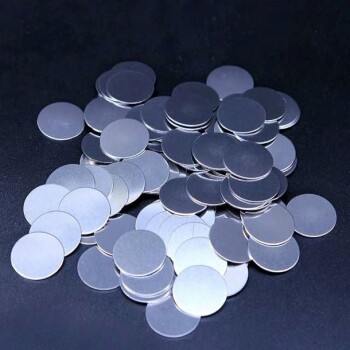
Button Battery Case Gasket for Battery Lab Applications
The gasket prevents the deformation of the internal material, and the spring sheet is conducive to the tight contact inside the battery to prevent loosening.

Laboratory Hydraulic Press Lab Pellet Press for Button Battery
Efficiently prepare samples with our 2T Button Battery Press. Ideal for material research labs and small-scale production. Small footprint, lightweight, and vacuum-compatible.

Assemble Square Lab Press Mold for Laboratory Applications
Achieve perfect sample preparation with Assemble Square Lab Press Mold. Quick disassembly eliminates sample deformation. Perfect for battery, cement, ceramics, and more. Customizable sizes available.

Cylindrical Lab Electric Heating Press Mold for Laboratory Applications
Efficiently prepare samples with Cylindrical Lab Electric Heating Press Mold. Fast heating, high temp & easy operation. Custom sizes available. Perfect for battery, ceramic & biochemical research.

Assemble Lab Cylindrical Press Mold
Get reliable and precise molding with Assemble Lab Cylindrical Press Mold. Perfect for ultra-fine powder or delicate samples, widely used in material research and development.
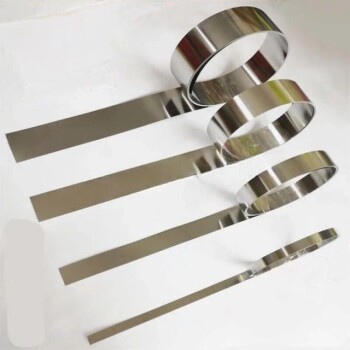
Battery Lab Equipment 304 Stainless Steel Strip Foil 20um Thick for Battery Test
304 is a versatile stainless steel, which is widely used in the production of equipment and parts that require good overall performance (corrosion resistance and formability).

High Purity Zinc Foil for Battery Lab Applications
There are very few harmful impurities in the chemical composition of zinc foil, and the surface of the product is straight and smooth; it has good comprehensive properties, processability, electroplating colorability, oxidation resistance and corrosion resistance, etc.

Small Injection Molding Machine for Lab Use
The small injection molding machinehas fast and stable movements; good controllability and repeatability, super energy saving; the product can be automatically dropped and formed; the machine body is low, convenient for feeding, easy to maintain, and no height restrictions on the installation site.
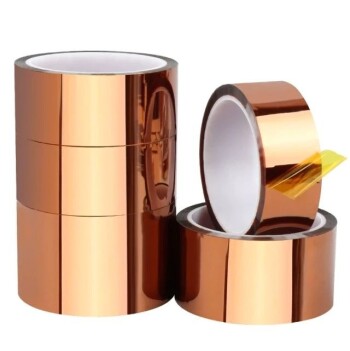
Lithium Battery Tab Tape for Battery Lab Applications
PI polyimide tape, generally brown, also known as gold finger tape, high temperature resistance 280 ℃, to prevent the influence of heat sealing of soft pack battery lug glue, suitable for soft pack battery tab position glue.
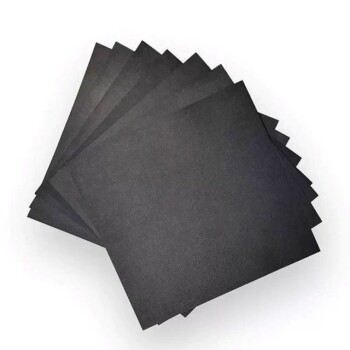
Hydrophilic Carbon Paper TGPH060 for Battery Lab Applications
Toray carbon paper is a porous C/C composite material product (composite material of carbon fiber and carbon) that has undergone high-temperature heat treatment.

Platinum Sheet Electrode for Battery Lab Applications
Platinum sheet is composed of platinum, which is also one of the refractory metals. It is soft and can be forged, rolled and drawn into rod, wire, plate, tube and wire.
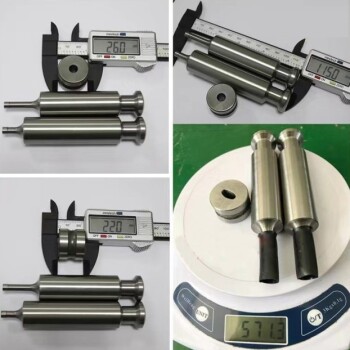
Multi-Punch Rotary Tablet Press Mold Ring for Rotating Oval and Square Molds
The multi-punch rotary tablet press mold stands as a pivotal component in pharmaceutical and manufacturing industries, revolutionizing the process of tablet production. This intricate mold system comprises multiple punches and dies arranged in a circular fashion, facilitating rapid and efficient tablet formation.
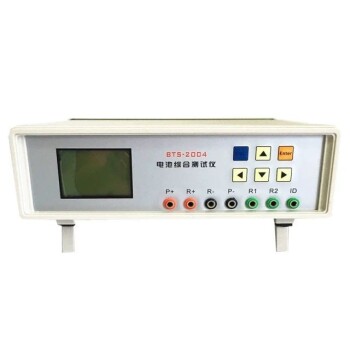
Battery Lab Equipment Battery Capacity and Comprehensive Tester
The scope of application of the battery comprehensive tester can be tested: 18650 and other cylindrical, square lithium batteries, polymer batteries, nickel-cadmium batteries, nickel-metal hydride batteries, lead-acid batteries, etc.
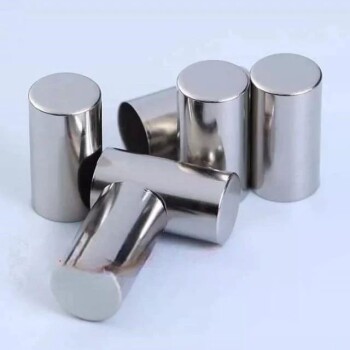
Cylindrical Battery Steel Case for Battery Lab
Lithium-ion battery casing suppresses battery polarization, reduces thermal effects, and improves rate performance.
Related Articles

The Invisible Architecture of Precision: Mastery Before the Current Flows
Achieve electrochemical accuracy by mastering the four pillars of preparation: rigorous inspection, cleaning, installation, and electrolyte management.

The Architecture of Silence: Mastering the Super-Sealed Electrolytic Cell
Great electrochemical data starts before the experiment begins. Master the four critical steps of cell preparation—inspection, cleaning, installation, and loading.

Issues with Poor Demoulding in Manual Tablet Presses
Analyzes the causes of poor demoulding in manual tablet presses, focusing on powder, mold, machine body, and operator factors.

Comprehensive Guide to Isostatic Pressing Molds: Types, Processes, and Applications
Explore the detailed world of isostatic pressing molds, including types like wet bag and dry bag, their processes, and applications. Learn how these molds ensure uniform density and high-strength products.

The Silence of the Seal: Why Electrochemical Precision is a Battle Against the Atmosphere
Precision in electrochemistry isn't just about voltage; it's about isolation. Discover how super-sealed cells defeat contamination and define reproducibility.

Essential Equipment for Mass Production of Solid-State Batteries: Isostatic Press
Discusses the role of isostatic pressing technology in enhancing solid-state battery performance and production efficiency.

The Symphony of Coefficients: Why Your Electrolytic Cell Cannot Be a Monolith
Glass withstands heat; PTFE does not. Understanding the thermal conflict in five-port electrolytic cells is key to preventing equipment failure.

The Art of the Sealed System: Mastering the Five-Port Electrolytic Cell
Mastering the five-port electrolytic cell requires more than just chemistry; it demands a systematic approach to connections, temperature, and atmospheric control.

The Architecture of Stability: Mastering Control with Double-Layer Electrolytic Cells
Chemistry is a battle against variables. Discover how double-layer electrolytic cells (30ml-1000ml) provide the thermal and atmospheric control you need.

The Anchor of Truth: Why Physical Stability Defines Electrochemical Success
In electrochemistry, data integrity begins with physical stability. Discover why securing your electrolytic cell is the most critical step in your experiment.

The Architecture of Control: Mastering the Super-Sealed Electrolytic Cell
Precision in electrochemistry isn't just about theory; it's about mechanical discipline. Learn the critical protocols for super-sealed electrolytic cells.

The Invisible Variable: Why Electrolytic Cell Hygiene Defines Your Data
Proper electrolytic cell maintenance prevents dangerous reactions and ensures data integrity. Learn the critical "no metal brush" rule and safety protocols.